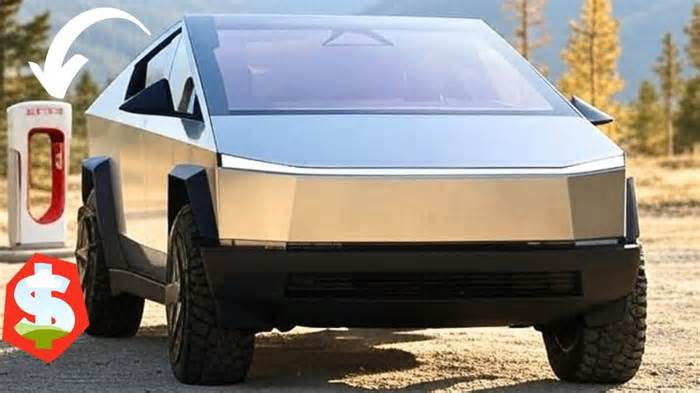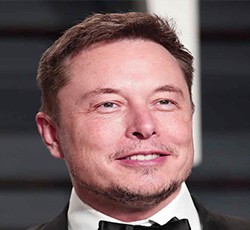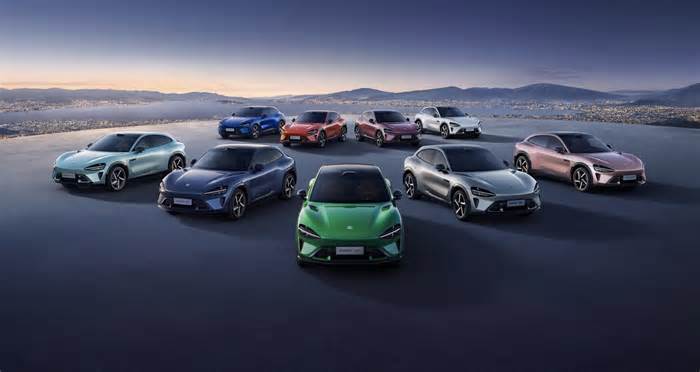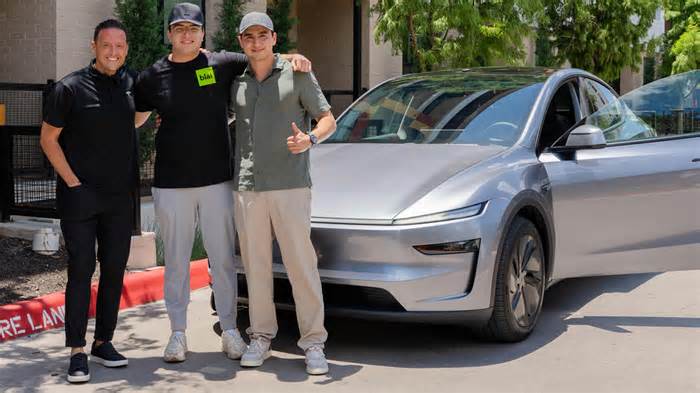
I Recently Completed a 4,700-Mile Road Trip With The Cybertruck That Included 31 Superchargers, But Only 5 Matched My Visa Bill
- by Torque News
- Jul 01, 2025
- 0 Comments
- 0 Likes Flag 0 Of 5

Advertising
Some Cybertruck owners are still riding the high of its jaw-dropping design and torque-loaded power, but others are starting to encounter a different kind of road trip mystery. Imagine cruising across the country in Tesla’s most radical vehicle to date, stopping at Superchargers from Texas to South Carolina, and meticulously jotting down each charging cost, only to discover most of them don’t match what’s on your credit card statement. That’s exactly what one owner found after a massive 4,714-mile journey in her Cybertruck, where unexpected billing differences left more questions than answers.
“I recently completed a 4,714-mile road trip with the Tesla Cybertruck that included 31 Supercharger stops. I would hit 'Stop Charging' on the screen and record the total $ amount displayed. I finally got around to matching my list with my VISA bill, and out of 31 charges, only 5 matched. Most Supercharger charges were higher than what I recorded from the truck's screen, and 7 of them were lower. Price difference, if it was different, varied from $0.01 to $1.55. Most were just a few pennies higher on the VISA bil,l while a couple were way lower, like the $1.55. It made it hard to match them up since the VISA bill doesn't list the SC location name, but just 'Tesla Supercharger.' Has anybody else experienced this, and why does this happen? When I hit 'Stop Charging,' sometimes there was a slight delay and the price would continue to rise, but I waited until it stopped before recording the price,” wrote Marcia L. recently in the Tesla Motors Club public forum.
Now, let’s break this down, because the issue Marcia ran into might sound small, but it’s a signal of a growing reality that Cybertruck owners - and really any EV owners - need to start tracking more carefully. Supercharging might seem like a seamless, tap-and-go process, but if you’re not verifying the final invoice through Tesla’s app or email records, you could be miscalculating your cost per mile without realizing it.
A fellow group member, Gator, suggested something that sounds obvious but isn’t always effective in practice. “Check the Tesla app. It keeps all your charging stops and costs,” he wrote. But Marcia responded that while she did check the app, “it wasn't broken down by specific charges, just total for the day.”
That’s where the detail matters. Another member, Mike, offered a more complete answer. “In the Tesla app OP will find a PDF of the invoice with all charges, including taxes. There will be one invoice for each Supercharging session. The taxes are clearly broken out on the PDF invoice like this.” That little PDF buried in your app? It might just be the key to decoding the mismatch.
It turns out that the charging session display in the vehicle isn’t the final word. It’s more of a ballpark preview than a locked-in total. Taxes, timing, rounding, or even backend billing system delays could all affect the number that hits your credit card. These minor variances, while individually small, start to erode confidence when you're dealing with 30-plus stops.
And here's where it gets more interesting. This story becomes part of a broader trend many Cybertruck owners are just beginning to understand. For example, some are noticing Tesla appears to be throttling charging speed for Cybertruck owners using free Supercharger access, raising concerns about whether Tesla’s charging infrastructure is evolving faster than its billing transparency. Others are racking up eye-opening costs like one owner who spent $964 in a single month charging the truck exclusively, which brings budgeting into sharp focus.
While Tesla’s Supercharging ecosystem is a marvel of convenience and efficiency—often boasting speeds like the Cybertruck’s recent record of 405kW peak charging—its billing consistency still has a few bolts to tighten. When your app shows one number, your screen shows another, and your VISA bill shows something else entirely, it highlights the need for better transparency in digital transactions.
Now, if you’ve never taken a road trip like Marcia’s, this might sound like nitpicking, but it actually taps into something deeper. When people invest in EVs like the Cybertruck, they’re not just buying a vehicle. They’re entering a software-driven experience where billing, updates, and performance are tightly controlled by a centralized ecosystem. That’s not inherently bad, but it means you have to monitor your costs like a subscription plan, not a traditional gas pump.
This also raises a subtle but important ethical question: Should EV manufacturers be more proactive about billing transparency? With every charging session feeling like a quick stop rather than a monetary transaction, the possibility of unchecked discrepancies becomes a slippery slope. Especially when perks like free lifetime Supercharging for new Cybertruck buyers are being offered to some owners while early buyers express frustration about missing out, the pressure on Tesla to clarify billing grows stronger.
This is where we circle back to a practical solution that mirrors the broader issue. Just like people use personal finance apps to track every purchase to the penny, EV owners should consider installing a secondary charging log app or even keeping a spreadsheet. These tools might feel old school in a high-tech truck, but they offer something software giants often forget to give—peace of mind. It’s the same reason many folks install third-party data recorders in their vehicles, even when the automaker offers a native system. It comes down to trust, control, and verifiability.
There’s also a moral here. Just like Marcia took the time to reconcile every line of her 4,700-mile journey, there’s value in slowing down and verifying what we’re told by technology. It’s a reminder that convenience often comes at the cost of clarity. As consumers and drivers, it’s up to us to be the second set of eyes on what machines calculate in milliseconds.
Lastly, there’s another layer many overlook. Some Cybertruck owners are already seeing as much as 5 percent battery degradation from frequent Supercharging, which means that these Supercharging sessions carry a hidden long-term cost too. Understanding exactly what you’re paying for, and how often, becomes even more critical when it impacts both your wallet and your battery health.
Why Your Cybertruck’s Charging Speed May Be Slower Than Expected
Advertising
Many new Cybertruck owners are experiencing something they didn’t quite expect - charging speeds that are slower than advertised, even on Tesla’s newest V3 and V4 Superchargers. If you're noticing this, you're not alone. There's increasing chatter that Tesla is throttling charging speeds, particularly for Cybertruck owners who have free Supercharging or take frequent long-distance trips.
Charging speed can be influenced by multiple factors, including battery temperature, charge level, and local grid limitations. However, some owners with consistent slow speeds suspect it might be more intentional. Tesla may simply be managing server-side load or implementing quiet restrictions to control costs.
To maximize your EV's charging speed:
Precondition the battery before arriving at a Supercharger
Avoid charging above 80 percent unless necessary
Use Superchargers with fewer cars actively charging
Understanding this can save you time and stress when planning your next road trip.
How to Track and Audit Your Supercharging Costs More Effectively
After reading Marcia's experience, many owners may be wondering: how do I actually verify that my Supercharger charges are correct? Tesla’s app and vehicle interface don’t always show full clarity at a glance. But if you know where to look, the information is there, just buried a little deeper than most would expect.
For each charging session, Tesla generates a PDF invoice in your account. These include taxes, location codes, and exact timestamps. You can also use third-party budgeting tools or EV ownership tracking apps to automatically sync charging sessions and compare them with your statements. While Tesla’s in-app breakdown might feel vague, combining these tools can help you avoid:
Overpaying for electricity without realizing it
Misjudging your cost-per-mile efficiency
Please first to comment
Related Post
Stay Connected
Tweets by elonmuskTo get the latest tweets please make sure you are logged in on X on this browser.






 Energy
Energy

















